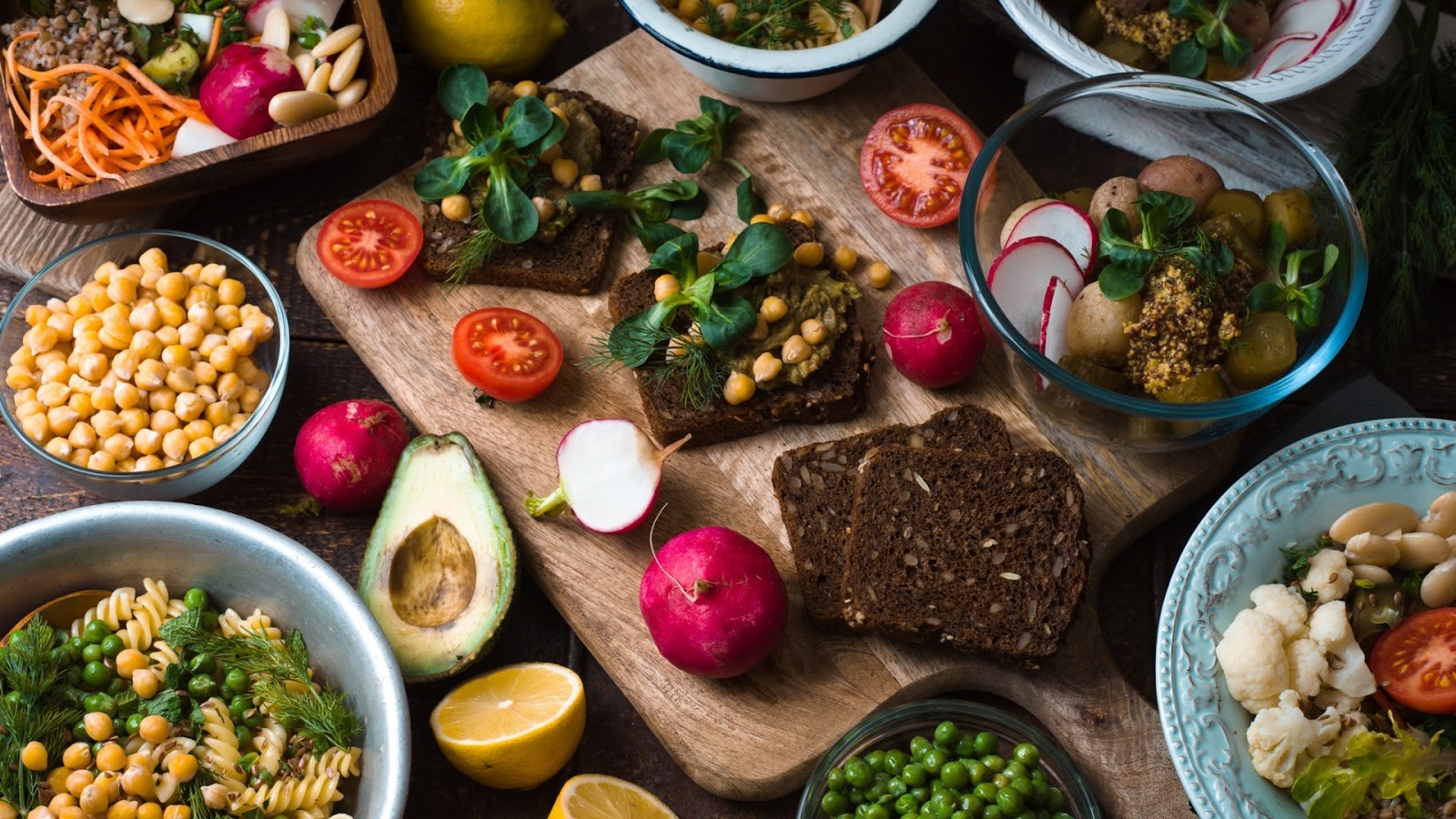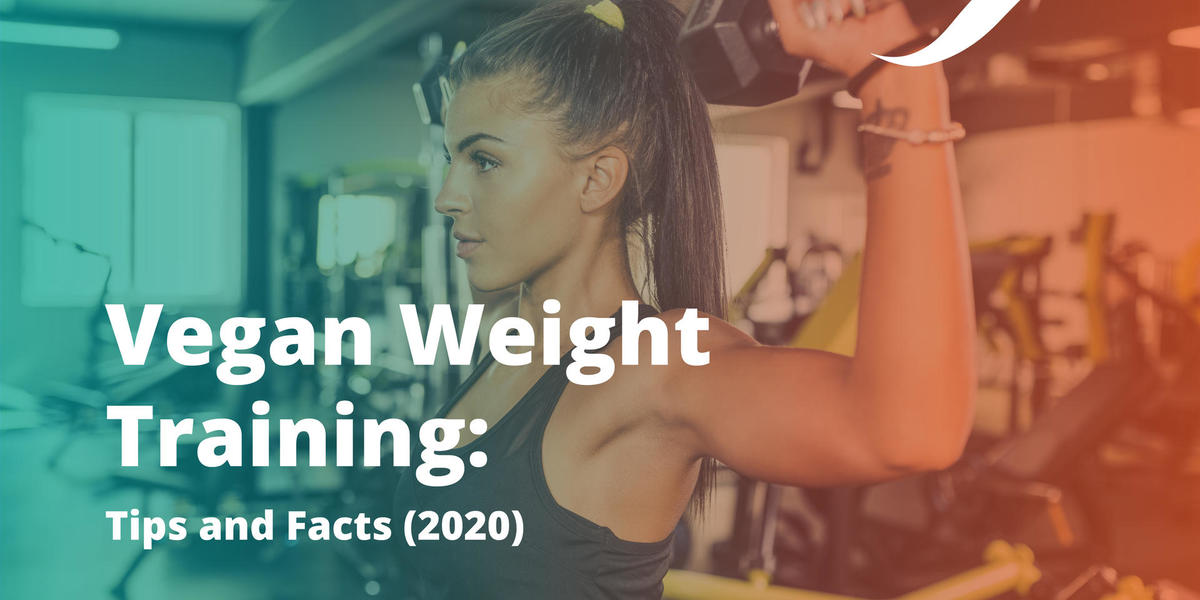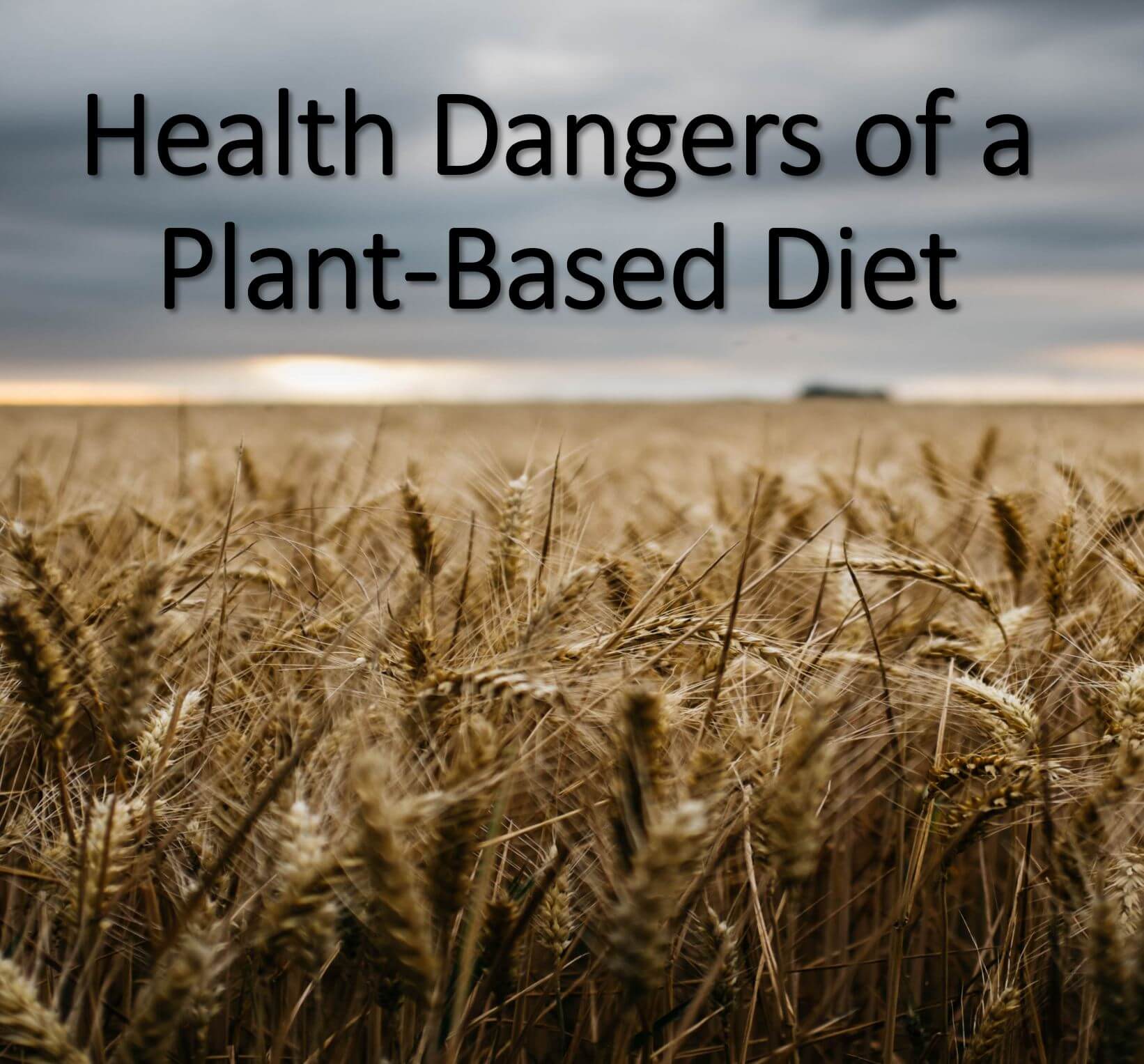
If you're a vegan and want to maintain your health and vitality, you may be worried about your vitamin and mineral needs. The good news is that you don't have to be a strict vegetarian to suffer from these deficiencies. This article will explain the causes, symptoms and possible treatment options. Continue reading to learn more about how to obtain the nutrients you desire.
Symptoms
Vegans often have iron deficiencies. It can cause hair loss and brittle nails. Iron from animal protein is more absorbable than iron from plant proteins, so vegans are less likely than people on mixed diets to have this problem. But it is important to keep an eye on your intake of iron because iron absorption is improved by consuming foods rich in vitamin C. To prevent iron deficiency, make sure to eat fresh fruits and vegetables and cut back on heavily processed food.
Symptoms of vegan deficiencies are usually similar to those of other diseases. Vitamin deficiencies can occur when a vegan diet doesn't provide enough nutrients for our bodies. This includes vitamin B12, vitamin D, vitamin E, and zinc. Deficiency in these nutrients can cause anemia and damage the nervous system. Vegans should eat foods that are rich in these nutrients. Vegans may also consider special dietary supplementation to replace the lack of vitamins and minerals.

Causes
Veganism is a popular choice, but it can have serious health consequences. Even though the health benefits of abstaining from animal products in the short term are well-known and appreciated, veganism can result in nutritional deficiencies. These deficiencies can lead you to eating disorders, isolation, as well as health problems. Vegans need to take supplements and consult with a healthcare provider in order to avoid these problems.
Vegans have a low intake of protein, which is crucial for their bodies. Vegans don't eat animal products so they often replace protein calories by refined carbohydrates. This can lead to troublesome symptoms, such as blood sugar swings.
Treatments
A well-balanced diet is necessary to prevent a range of deficiencies in vegans. This means eating a diet high in long-chain omega-3 fat acids and natural sources alphalinolenic. These fatty acids contribute to the long-term health and development of the body. A diet low in fats is a problem for vegans. Fats are an essential part of the brain. Depriving the brain of fat can cause unpleasant mental and physical symptoms.
One of the most common deficiencies of vegans is vitamin B12. Vitamin B12 is a vitamin that vegans cannot get from plant foods. Vegans will need to supplement with it. This vitamin aids in maintaining the nervous system and red blood cell formation. It also helps with DNA synthesis. A deficiency can lead to a variety of health problems, including anemia and nerve damage.

Alternatives
A vegan diet may lack some important nutrients, including vitamin B12. The good news? Animal products are a rich source for vitamin B12. It's essential to maintain healthy blood vessels and prevent anemia. Vegans can take supplements and eat fortified food to get sufficient vitamin B12. You can also ensure that you are getting sufficient vitamin D and iron.
Also, a vegan diet is low in protein. Protein is essential for healthy body functions. High-quality proteins are high in digestibility and contain essential amino acids for your body. Purified and concentrated vegetable proteins are high in protein. However, most plant products don't have high digestibility as the plant cell walls, tannins and isthicyanates hinder the breakdown of proteins.
FAQ
How does an anti-biotic work?
Antibiotics kill harmful bacteria. Antibiotics are used to treat bacterial infections. There are many different types of antibiotics. Some are administered topically, while others are given orally.
Many people who have been exposed can be prescribed antibiotics. For example, if someone has had chicken pox, he or she might take an oral antibiotic to prevent shingles later on. An injection of penicillin may be necessary to prevent pneumonia if someone has strep.
When antibiotics are given to children, they should be given by a doctor. Children are more likely to experience side effects than adults from antibiotics.
Diarrhea is one of the most common side effects of antibiotics. Other side effects possible include dizziness, nausea, vomiting, stomach cramps, stomach pains, dizziness and allergic reactions. These symptoms usually go away after treatment ends.
How can I live my best life everyday?
Find out what makes YOU happy. This is the first step in living a life that you love. Once you have a clear understanding of what makes you happy you can go backwards. You can also ask others how they live their best lives everyday.
You can also read books like "How to Live Your Best Life" by Dr. Wayne Dyer. He speaks about happiness and fulfillment in all areas of life.
What is the healthiest lifestyle to life?
A healthy lifestyle means eating healthy foods, exercising regularly, sleeping well, and avoiding stress. You will live a long and happy life if you adhere to these guidelines.
Start small by changing your diet and exercising routine. You can lose weight by walking 30 minutes each day if you are looking to lose weight. For more activity, you can try swimming or dancing. An online fitness program such as Strava or Fitbit that tracks your activity could be a good option.
How much should I weight for my height and age? BMI calculator and chart
Use a BMI calculator to determine how much weight is needed to lose. A healthy BMI range is between 18.5 and 24.9. If you want to lose weight, then you should aim to drop about 10 pounds per month. Simply enter your weight and height into the BMI calculator.
To see if you're overweight or obese, check out this BMI chart.
Which 10 foods are your favorite?
The 10 best foods to eat include:
-
Avocados
-
Berries
-
Broccoli
-
Cauliflower
-
Eggs
-
Fish
-
Grains
-
Nuts
-
Oats
-
Salmon
Do I have to count calories?
You may wonder, "What diet is best for you?" or "is counting calories necessary?" The answer to this question depends on many factors, including your current health, your personal goals and preferences, as well as your overall lifestyle.
The Best Diet For Me - Which One Is Right For You?
The best diet depends on me, my health, my goals, my lifestyle, and my preferences. There are many diets out there, some good and some bad. Some are better for certain people than others. So what do I do? How can I make the right choice?
These are the questions that this article attempts to answer. It begins with an overview of the different diets today. The pros and cons of each diet are then discussed. Finally, we'll look into how to choose the best one for you.
Let's look at some of the main types of diets to get started.
Diet Types
There are three types of diets available: ketogenic, high-protein, and low-fat. Let's talk about them briefly.
Low Fat Diets
A low-fat diet restricts fat intake. This is done by reducing your intake of saturated oils (butter and cream cheese, etc.). You can replace them with unsaturated oils (olive oil and avocados) A low fat diet is often recommended for those who want to lose weight quickly and easily. This diet can cause constipation, heartburn, and stomach problems. It can also lead to vitamin deficiencies, if someone doesn't get enough vitamins in their food.
High Protein Diets
High-protein diets limit carbohydrates and favor proteins. These diets often have higher levels of protein than most other diets. They are meant to help build muscle mass and burn more calories. They may not be able to provide sufficient nutrition for people who need it. They can be quite restrictive and are not recommended for everyone.
Ketogenic Diets
The ketogenic diet is also known by the keto diet. They are high in fat, moderately high in protein, and low in carbohydrates. They are commonly used by athletes and bodybuilders as they allow them to train harder, longer and without feeling fatigued. You must adhere to all side effects such nausea, headaches, fatigue.
Statistics
- nutrients.[17]X Research sourceWhole grains to try include: 100% whole wheat pasta and bread, brown rice, whole grain oats, farro, millet, quinoa, and barley. (wikihow.com)
- The Dietary Guidelines for Americans recommend keeping added sugar intake below 10% of your daily calorie intake, while the World Health Organization recommends slashing added sugars to 5% or less of your daily calories for optimal health (59Trusted (healthline.com)
- WHO recommends reducing saturated fats to less than 10% of total energy intake; reducing trans-fats to less than 1% of total energy intake; and replacing both saturated fats and trans-fats to unsaturated fats. (who.int)
- In both adults and children, the intake of free sugars should be reduced to less than 10% of total energy intake. (who.int)
External Links
How To
What does the word "vitamin" mean?
Vitamins are organic compounds that can be found in foods. Vitamins help us absorb nutrients in the foods we consume. Vitamins cannot be made by the body; they must be taken from food.
There are two types vitamins: water soluble or fat soluble. Water-soluble vitamins dissolve in water easily. Some examples include vitamin C,B1 and B2 vitamins (thiamine), B2 and riboflavin, B3 and niacin, B6 vitamins (pyridoxine), B6 vitamins (niacin), folic acids, biotin, pantothenic acids, and Choline. The liver and fatty tissues are home to fat-soluble vitamins. You can find vitamin D, E K, A and beta carotene as examples.
Vitamins are classified based on their biological activity. There are eight major groups of vitamins:
-
A – Essential for normal growth, and the maintenance of good health.
-
C - vital for nerve function and energy generation
-
D – Essential for healthy teeth, bones and joints
-
E - required for good vision & reproduction.
-
K - required for healthy muscles and nerves.
-
P – Vital for building strong bones.
-
Q – aids digestion and absorption.
-
R - Required for red blood cell production
The recommended daily allowance for vitamins (RDA) varies according to age, gender, or physical condition. The U.S. Food and Drug Administration sets RDA values.
For adults over 19 years, the RDA is 400 mg per day for vitamin A. However, pregnant women need 600 micrograms per day because it is important for fetal development. Children ages 1-8 require 900 micrograms per day. Children under 1 year old require 700 micrograms daily, while infants over one year old need 500 micrograms every day. This decreases between 9 and 12 months.
Children ages 1-18years who are obese need 800 micrograms per day while those who are overweight need 1000 micrograms per day and children who are underweight need 1200 micrograms per day to meet their nutritional needs.
Children 4-8 years old with anemia will need 2200 mg of vitamin D daily.
2000 micrograms daily is required for adults over 50 to maintain their general health. Women who are pregnant or breastfeeding need 3000 micrograms per day due to increased nutrient requirements.
Adults over 70 need 1500 micrograms daily, since they lose around 10% of their muscle mass every decade.
Women who are pregnant, nursing or breastfeeding need more than the RDA. Pregnant mothers need 4000 micrograms per daily during pregnancy and 2500 after giving birth. Breastfeeding mothers need 5000 mg per day when breastmilk is being produced.